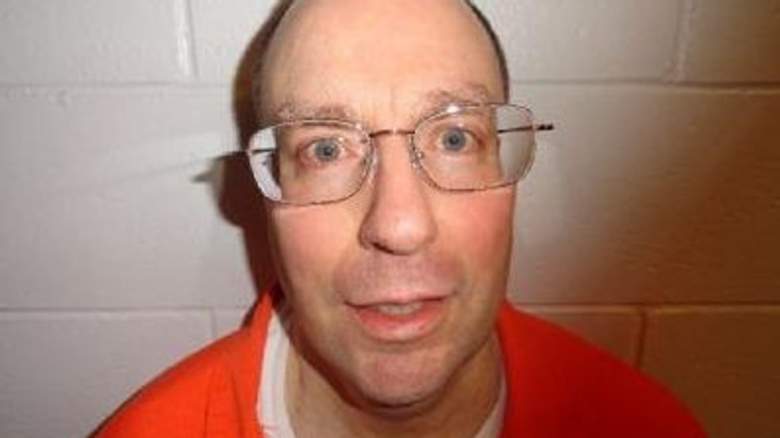
Mark Hofmann survived injuries from a suicide attempt and went on to face trial in the 1985 Salt Lake City bombings that killed two people. Police were on the lookout for a serial bomber when Hofmann was found injured in his vehicle on October 16, 1985, the day after two separate pipe bombs killed Mormon historian Steve Christensen and housewife Kathy Sheets.
Hofmann is still alive and serving a life sentence in Utah.
Hofmann killed Christensen in an attempt to cover up the documents he was forging and selling to the Church of Jesus Christ of Latter-Day Saints. The fake documents, and in particular, the notorious Salamander letter, upended the Mormon Church and left believers questioning their faith. The bombings killed Christensen and the wife of his former business associate, Gary Sheets, then injured the man who was believed to be finding the historical documents. This led to early theories that the bombings were due to the dismantling of the Mormon faith, which was just as Hofmann intended. He masterminded the bombings as a diversion from his forgery.
A new Netflix docuseries, Murder Among the Mormons, examines the strange case and the motives behind the Salt Lake City murders. The three-part series was released Wednesday, March 3, 2021.
Here’s what you need to know:
Hofmann Was ‘Critically Injured’ in the Bombing Outside Temple Square October 16, 1985
Hofmann suffered serious injuries from his suicide attempt, and was in critical condition in the hospital for his injuries, according to a 1985 New York Times archive article.
“Lieutenant Gray said Mr. Hofmann had just gotten into his sports car parked near Temple Square when a bomb under his seat exploded, ripping the roof off the auto and propelling him into the street,” the article said.
A witness on the Netflix documentary described seeing Hofmann after the bomb went off.
“He’s pretty banged up. He was missing some fingers, that I could see. He had a hole, kind of on top of his head. He had a hole in one of his legs,” the bystander said.
The bomb that injured Hofmann changed the course of the investigation, said the Times article, written in the immediate aftermath of the bombing. Police were initially looking into Christensen’s financial difficulties as a possible motive. After Hofmann’s injuries, they began looking more deeply into the master forger and into his ties to the document.
‘The Most Important Thing in My Mind Was to Keep From Being Exposed As a Fraud’ Hofmann Wrote in a Letter to the Parole Board
Hofmann wrote a letter to the Utah Board of Pardons and Parole in 1988 saying his biggest concern at the time of the bombings was protecting his reputation, and it was something he was willing to kill for and die to protect.
Hofmann pleaded guilty to two counts of aggravated murder in January 1987, avoiding the death penalty in exchange for revealing information on his forgery techniques and on his knowledge of Mormon history. Hofmann’s forgeries were intended to embarrass The Church of Jesus Christ of Latter-day Saints in hopes of extorting the church for money. He expected the church would want to keep the fake documents private. His first victim, Steven Christensen, was a Mormon bishop and document collector who threatened to expose the forgeries. Sheets was the wife of Gary Sheets, Hofmann’s former business associate. Hofmann called the bomb that killed Sheets “a pure diversion” in his letter.
He had always been a prankster, he wrote. Childish games intending to trick people fueled the fire for what became the master forgery of Mormon documents. He wrote that he chose to commit murder and die in favor of being exposed, The Salt Lake City Tribune reported after obtaining his letter in 2011.
“As far back as I can remember I have liked to impress people through my deceptions,” he wrote. “Fooling people gave me a sense of power and superiority. I believe this is what led to my forging activities.”
In the end, his goal was to save his reputation.
“The most important thing in my mind was to keep from being exposed as a fraud in front of my friends and family,” Hofmann wrote. “When I say this was the most important thing I mean it literally. I felt I would rather take human life or even my own life rather than to be exposed.”
READ NEXT: Dorie Olds Now: Where Is Mark Hofmann’s Ex-Wife Today in 2021?